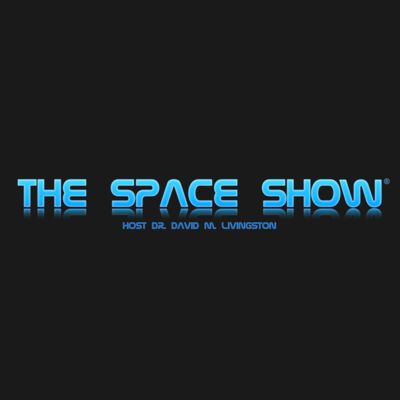The Space Show focuses on timely and important issues influencing the development of outer-space commerce, space tourism,space exploration and space development. The Space Show is committed to facilitating our becoming a space-faring nation and society with a growing and self-sustaining space-faring economy. The Space Show also focuses on other related subjects of interest to us all.
http://www.thespaceshow.com/
Rob Manning, Monday, 3-28-16
Guest: Rob Manning; Topics: Human-scale Mars landers, supersonic retro-propulsion (SRP) for Mars landings. Please direct all comments and questions regarding specific Space Show programs & guest(s) to the Space Show blog which is part of archived program on our website, www.thespaceshow.com. Comments and questions should be relevant to the specific Space Show program. Written Transcripts of Space Show programs are a violation of our copyright and are not permitted without prior written consent, even if for your own use. We do not permit the commercial use of Space Show programs or any part thereof, nor do we permit editing, YouTube clips, or clips placed on other private channels & websites. Space Show programs can be quoted, but the quote must be cited or referenced using the proper citation format. Contact The Space Show for further information. In addition, please remember that your Amazon purchases can help support The Space Show/OGLF. See www.onegiantleapfoundation.org/amazon.htm. We welcomed Rob Manning back to the show to discuss landing human-scale landers on Mars with supersonic retro-propulsion (SRP) or with other tools. During the first segment of our 1 hour 42 minute discussion, I asked Rob to define the problem regarding landing large payloads on Mars and to provide us with the definition of a large lander. A good portion of the first segment was a comprehensive discussion of these issues. Some of the topics included previous Mars landers, Martian atmospheric considerations, supersonic parachutes and Earth testing of them, vehicle entry mass, flying engines backwards as it is called, heavy lift, Mars landing areas and why, reusability, what is being learned from the SpaceX flyback booster reusability tests, and lots more. It was an information packed first segment and I suggest careful listening attention. In addition, you will likely find Rob's recent paper with several co-authors, "A High-Heritage Blunt-Body Entry, Descent, and Landing Concept for Human Mars Exploration" of interest and helpful in understanding the challenges for putting large payloads on Mars. You can download the paper at www.ssdl.gatech.edu/papers/conferencePapers/AIAA-2016-0219.pdf. Other topics in this segment included a question from Ralph about space advocate mission planning designs and if the actual mission planners ever pay attention to advocate proposals. Don't miss what Rob had to say in response to Ralph's question. It might surprise you. More was said about this in the second segment. Before the beak, Rob talked about the deceleration curve for g's regarding the return to Earth. He talked about how this can impact the crew and force significant design and engineering changes on the mission. In the second segment, Doug sent in a provocative email asking our guest "Might it be easier to accomplish great things in space than many assume?" Don't miss Rob's response to this question. By the way, part of Rob's response focused on the different ways SpaceX could do something and test it as compared to NASA. Later, Doug called in to ask our guest about deployable heatshields which might allow Mars landings to take place at higher up elevations. Again, don't miss what Rob had to say in response to Doug's heatshield question.Linda from Las Vegas asked for more information about the differences in landing large payloads or humans on the Moon or an asteroid compared to do it on Mars. Rob had much to say about EDL for all three destinations. Near the end of our discussion, our guest was asked about space advocate papers for planning missions or engineering and if such papers or proposals were considered by those actually doing the mission. Rob talked about the need for such papers to have some sort of critical feedback for the author as technical criticism is essential. Read the rest of the summary @ www.thespaceshow.com
